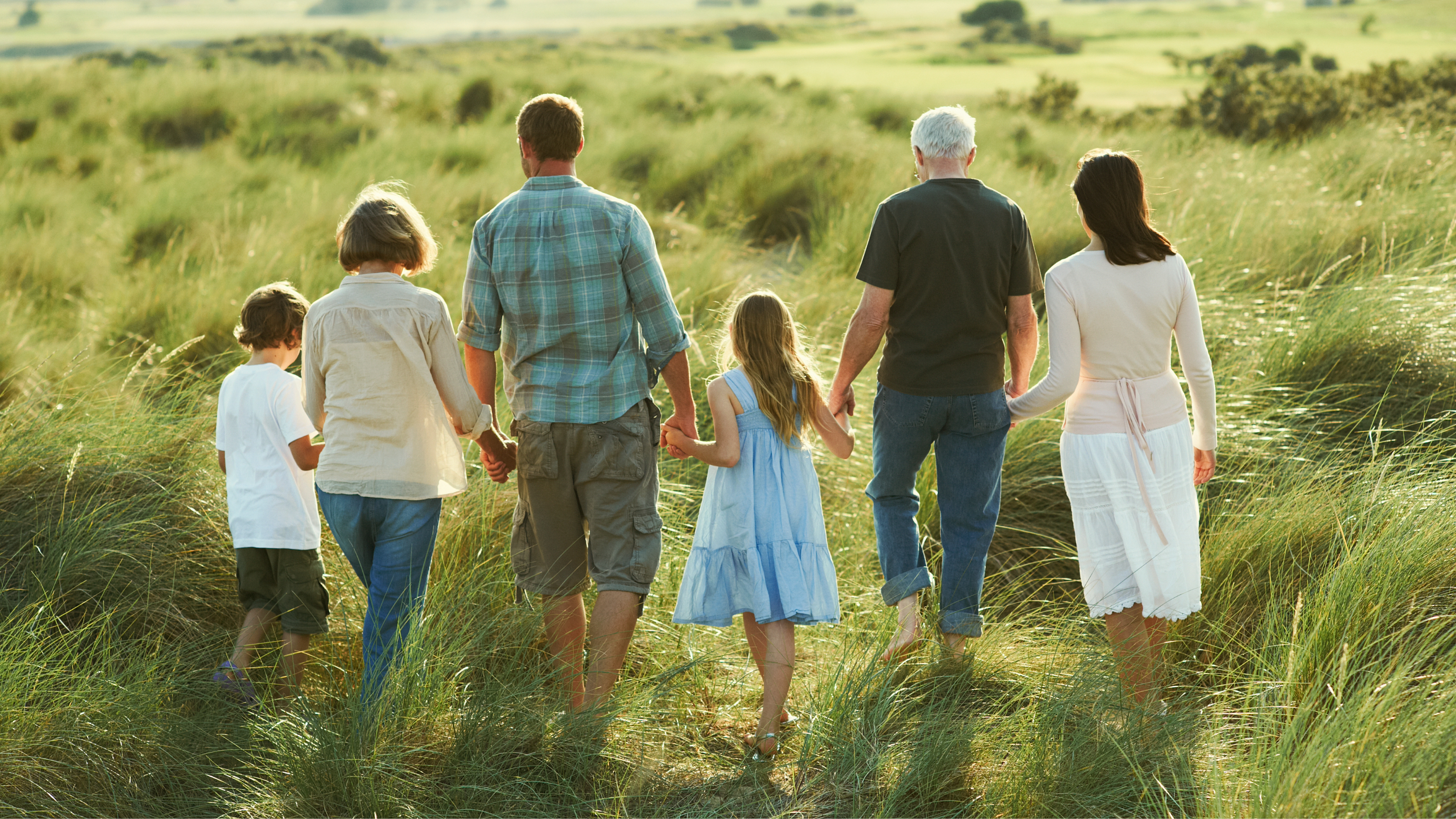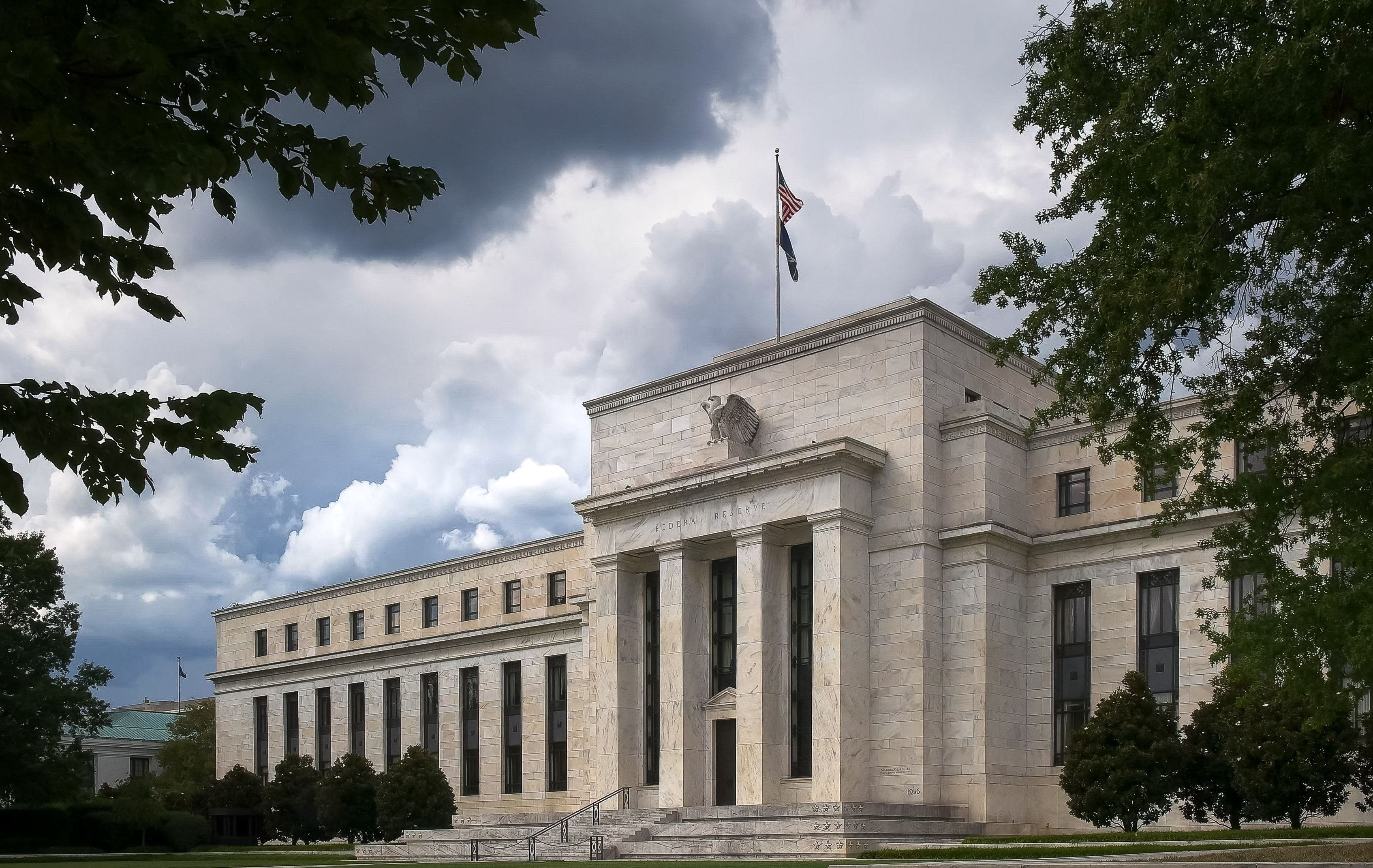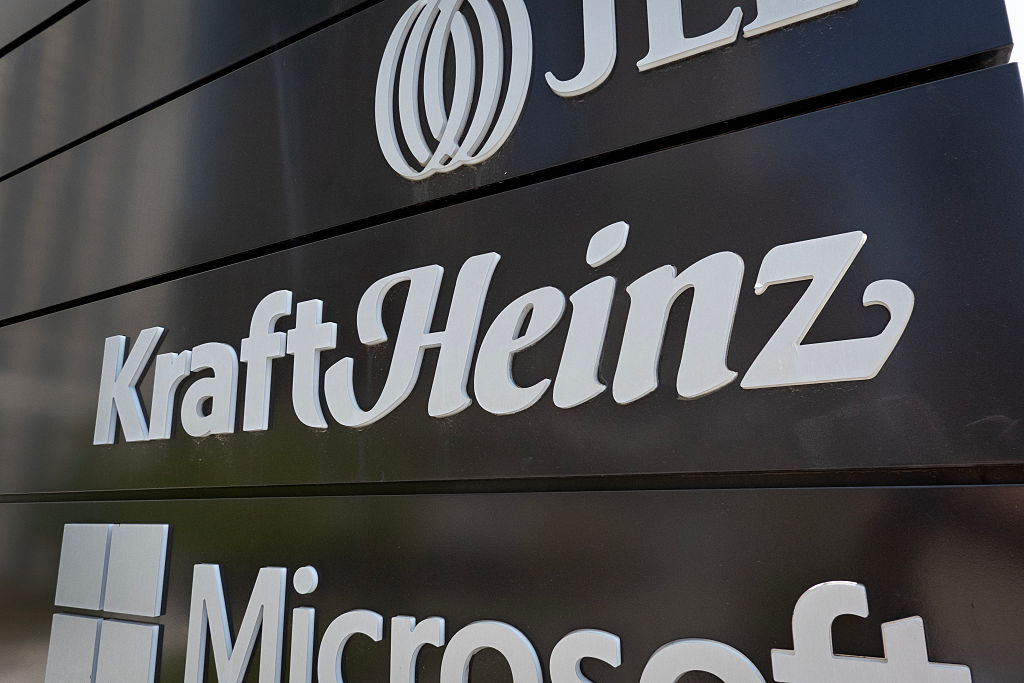5 Lessons From This Bull Market
What we learned from the market’s astonishing rise—and preceding free fall.
For some milestones, you want to break out the champagne. But the end of the great bear market, which finally occurred five years ago in March, may be one you’d rather forget. By the time the market hit bottom on March 9, 2009, Standard & Poor’s 500-stock index had fallen 57% from its 2007 peak, the biggest drop since the Great Depression. And there was no telling when the free fall would end. “Dow 5,000? There’s a case for it,” said a headline in the Wall Street Journal on March 9. “Investors throw in the towel,” online magazine Slate proclaimed less than a week before.
See Our Slide Show: 7 Deadly Sins of Investing
Despite the pessimism, though, stocks did turn around—and they have gone on to stage one of the most powerful rallies in recent history. From the bottom through the end of 2013, the S&P 500 returned 203%. Looking back, you could glean many lessons from the stock market’s plunge and subsequent recovery. “It’s the painful experiences that are the most valuable,” says Jim Stack, who publishes the InvesTech Research newsletter. We’ve identified five take-aways from the bear market and the years that followed.
Lesson 1: They don’t fire a starting gun to mark the arrival of a new bull market.
Early in 2009, with the S&P 500 down 25% in the year’s first ten weeks, few investors would have guessed that the index would finish ’09 with a 27% gain. Overall, the news was grim. The unemployment rate was on its way to hitting 10%. Two of the country’s three major automakers, Chrysler and General Motors, filed for bankruptcy reorganization that spring. Congress passed a $789 billion stimulus package to try to revive the economy. Based on the headlines, it didn’t look as though things would get better anytime soon. “There was a belief that the good things that happened in the past would never happen again,” says John Rekenthaler, vice-president of research at Morningstar.
From just $107.88 $24.99 for Kiplinger Personal Finance
Become a smarter, better informed investor. Subscribe from just $107.88 $24.99, plus get up to 4 Special Issues

Sign up for Kiplinger’s Free Newsletters
Profit and prosper with the best of expert advice on investing, taxes, retirement, personal finance and more - straight to your e-mail.
Profit and prosper with the best of expert advice - straight to your e-mail.
Stocks, however, did make a comeback, and the mood-defying reversal was a reminder that trying to call a market’s bottom is something few investors can do.
Lesson 2: Rebalancing is essential.
Big market moves can wreak havoc on the balance of stocks and bonds in your portfolio. Let’s say you had 60% in U.S. stocks (as measured by the S&P 500) and 40% in bonds (as measured by Barclay’s U.S. Aggregate Bond index) before the bear market started in October 2007. By the end of the bear market, the ratio would have flipped to 38% stocks and 62% bonds, just because of changes in market values. The timing could hardly have been worse because your portfolio would have been light on stocks just as they were poised to take off.
Rebalancing—a system of selling and buying investments to maintain your portfolio’s asset allocation—helps you avoid such unintentional shifts. And it forces you to buy assets that have grown cheaper and sell ones that are expensive—in other words, to buy low and sell high, one of the cardinal rules of investing.
On paper, rebalancing looks simple enough. But from an emotional standpoint, it can be tough to execute. Few people wanted to buy stocks in March 2009. “Rebalancing goes against our strongest investing behavior,” says Fran Kinniry, a principal at the Vanguard funds. “We don’t want to buy assets that have had negative returns.”
Worried you won’t have the discipline to rebalance? One solution is to set a fixed schedule—say, at the start of every year or after your portfolio mix has shifted by five to ten percentage points. Another option: Consider a balanced mutual fund, which will maintain a steady ratio of stocks and bonds for you. Dodge & Cox Balanced (symbol DODBX) is a solid choice. Over the past five years, Balanced returned an annualized 17%, nearly as much as the S&P 500’s annualized return of 18% but with less risk.
Lesson 3: Diversification works.
By March 2009, few investments had come through the bear market unscathed. The crisis that began in the financial sector spread far and wide, taking nearly everything down with it.
Still, the fall was not uniform. In 2008, the S&P 500 lost 37%, but financial stocks sank 55%. Meanwhile, shares of companies that make essential consumer goods, such as toilet paper and cereal, dropped a more tolerable 15%. Merger Fund, a member of the Kiplinger 25, lost just 2% by investing in stocks of already announced takeover targets. And some investments actually made money: Vanguard Total Bond Market (VBMFX) returned 5%, and SPDR Gold Shares (GLD), an exchange-traded fund that tracks the price of bullion, earned 5%.
Diversification can’t prevent losses, but it can help slow the bleeding. And over longer periods, it has added to returns. Fund sponsor T. Rowe Price found that a simple mix of 60% large-company U.S. stocks and 40% high-grade U.S. bonds gained an annualized 4.6% from April 2000 through November 2013. But a portfolio with a broader mix of investments, including emerging-markets stocks and high-yield bonds, earned 5.5% annualized.
Lesson 4: Stocks are a portfolio’s engine but not the place for short-term financial needs.
Although stocks have reached new highs recently, that’s cold comfort if you had to pull money out of the market during the crash to pay the mortgage or send a child to college. In those cases, the bear market was a painful reminder of the potential downside of stocks. It also showed that as you think about your portfolio, your investment timeline has to be front and center.
Mark Luschini, chief investment strategist at brokerage Janney Montgomery Scott, suggests putting assets you’ll need within five years in low-risk fare, such as money-market funds and short-term bonds. That way, if stocks tumble, you won’t have to sell at the worst possible time.
But if you have a long-term horizon, stocks are the place to be. An investor who had $100,000 in an S&P 500 index fund at the market peak in 2007 would have lost more than half of his portfolio by March 2009. If he panicked, moved the portfolio to cash and stayed there for the next five years, the balance would still have been $50,100 as of the end of November 2013. But if he stayed with stocks, the portfolio would have not only recouped its losses but grown to $136,000 by the end of 2013.
To be sure, a 50% loss in 17 months was reason to panic. “But what helped was having the proper perspective of time,” says Erik Davidson, deputy chief investment officer of Wells Fargo Private Bank. “In most cases, an investor’s timeline is measured in years or decades, not months.”
Lesson 5: Calling a top is just as hard as identifying a bottom.
Investors have had plenty of reasons to doubt the current bull market’s staying power. In 2011, a debt-ceiling crisis and S&P’s downgrade of the U.S.’s credit rating helped trigger a 19% drop in the S&P 500. Still, the index eked out a 2% gain that year. In 2013, the budget standoff in Washington and the government shutdown looked ominous. But stocks registered a stunning 32% return.
You are no doubt wondering what will happen next. Kiplinger’s predicts another winning year for stocks. But there are no guarantees. For most of you, the best course is to build a diversified portfolio geared to your time horizon and tolerance for risk and to stop worrying about when the bull will head out to pasture.
Profit and prosper with the best of Kiplinger's advice on investing, taxes, retirement, personal finance and much more. Delivered daily. Enter your email in the box and click Sign Me Up.
-
 'Donroe Doctrine' Pumps Dow 594 Points: Stock Market Today
'Donroe Doctrine' Pumps Dow 594 Points: Stock Market TodayThe S&P 500 rallied but failed to turn the "Santa Claus Rally" indicator positive for 2026.
-
 The Wealth Equation: Balancing Money and Stress
The Wealth Equation: Balancing Money and StressSponsored Don’t let assets be a liability that strains your family.
-
 Is Your Emergency Fund Running Low? Here's How to Bulk It Up
Is Your Emergency Fund Running Low? Here's How to Bulk It UpIf you're struggling right now, you're not alone. Here's how you can identify financial issues, implement a budget and prioritize rebuilding your emergency fund.
-
 What the Rich Know About Investing That You Don't
What the Rich Know About Investing That You Don'tPeople like Warren Buffett become people like Warren Buffett by following basic rules and being disciplined. Here's how to accumulate real wealth.
-
 How to Invest for Rising Data Integrity Risk
How to Invest for Rising Data Integrity RiskAmid a broad assault on venerable institutions, President Trump has targeted agencies responsible for data critical to markets. How should investors respond?
-
 What Tariffs Mean for Your Sector Exposure
What Tariffs Mean for Your Sector ExposureNew, higher and changing tariffs will ripple through the economy and into share prices for many quarters to come.
-
 How to Invest for Fall Rate Cuts by the Fed
How to Invest for Fall Rate Cuts by the FedThe probability the Fed cuts interest rates by 25 basis points in October is now greater than 90%.
-
 Are Buffett and Berkshire About to Bail on Kraft Heinz Stock?
Are Buffett and Berkshire About to Bail on Kraft Heinz Stock?Warren Buffett and Berkshire Hathaway own a lot of Kraft Heinz stock, so what happens when they decide to sell KHC?
-
 How the Stock Market Performed in the First 6 Months of Trump's Second Term
How the Stock Market Performed in the First 6 Months of Trump's Second TermSix months after President Donald Trump's inauguration, take a look at how the stock market has performed.
-
 Fed Leaves Rates Unchanged: What the Experts Are Saying
Fed Leaves Rates Unchanged: What the Experts Are SayingFederal Reserve As widely expected, the Federal Open Market Committee took a 'wait-and-see' approach toward borrowing costs.
-
 Fed Sees Fewer Rate Cuts in 2025: What the Experts Are Saying
Fed Sees Fewer Rate Cuts in 2025: What the Experts Are SayingFederal Reserve The Federal Reserve cut interest rates as expected, but the future path of borrowing costs became more opaque.